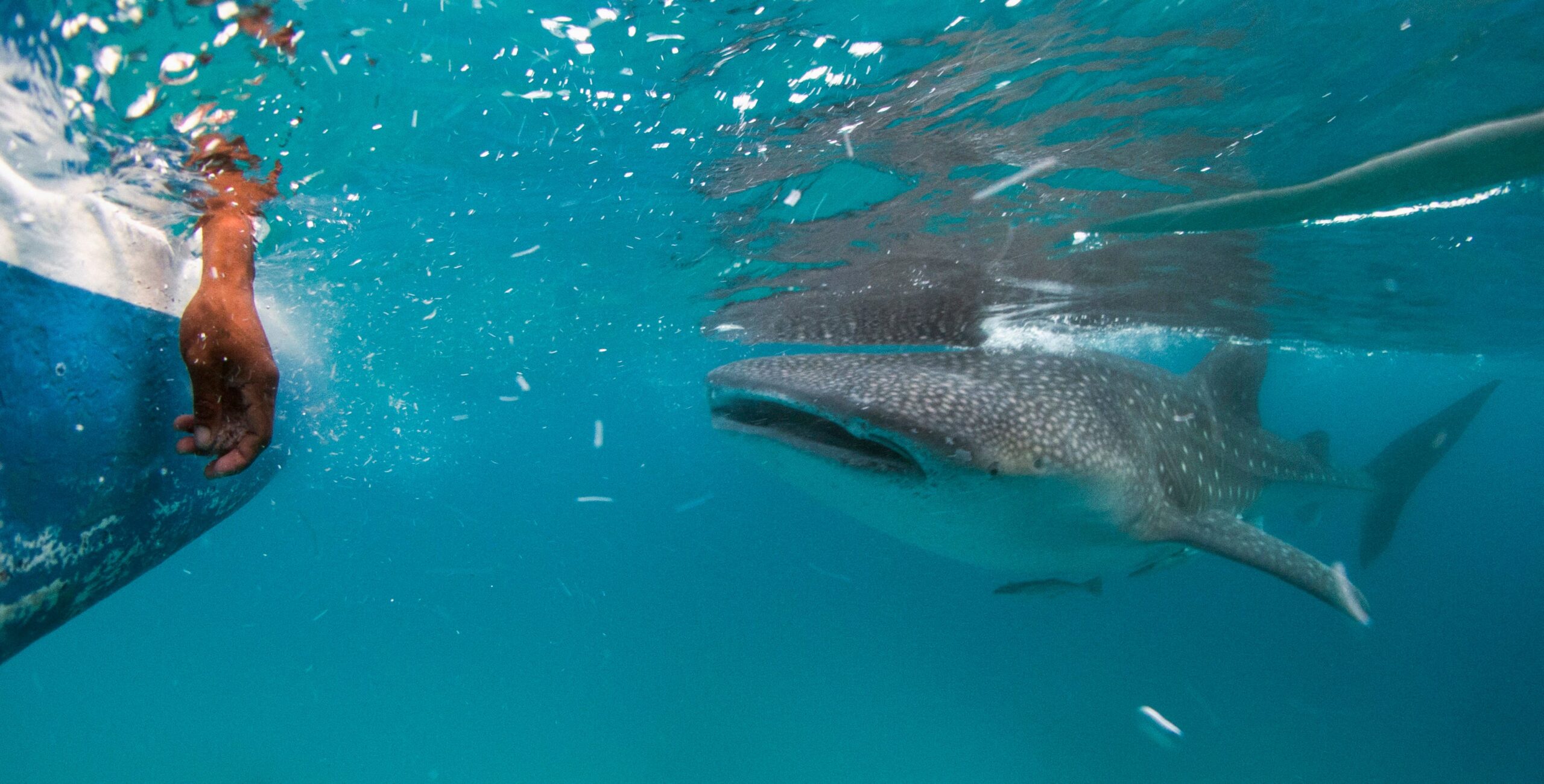
Shark Attacks: A Statistical Analysis
Introduction
Shark interactions with humans have historically been a topic of fascination and fear. The International Shark Attack File (ISAF) meticulously documents global shark attacks, providing valuable insights into their frequency, distribution, and potential risks.
Global Trends in Shark Attacks
2024 marked a significant decline in shark attacks worldwide, with only 47 unprovoked incidents reported. This represents a 22% decrease from the previous year and falls well below the ten-year average of 70 attacks. While this may offer a sense of relief, vigilance and caution in shark-infested waters remain crucial.
Geographic Distribution of Attacks
The Bahamas ranks ninth among the most shark-attack-prone countries, with 34 unprovoked attacks since 1580. The United States, Australia, and South Africa remain the top three countries in terms of attack frequency. However, it’s important to note that shark attacks are highly unpredictable and difficult to anticipate.
Types of Shark Attacks
The ISAF classifies shark attacks into two categories:
- Unprovoked: Bites that occur without any human provocation in the shark’s natural habitat.
- Provoked: Bites that occur when a human initiates interaction with a shark, such as attempting to touch or feed it.
Factors Influencing Shark Attacks
Surfers are particularly vulnerable to shark attacks, accounting for 34% of incidents globally in 2024. This is attributed to their proximity to areas where sharks congregate due to favorable wave conditions, turbidity, and the presence of bait fish. Swimmers and waders accounted for 50% of unprovoked bites.
Shark Conservation and Human Risk
Despite the sensationalized portrayal of sharks in popular culture, it’s essential to remember that humans pose a far greater threat to sharks than vice versa. An estimated 80 million sharks and rays are killed by humans each year, primarily for their fins and flesh.
Risk Assessment and Mitigation
While shark attacks are a potential hazard, the overall risk is extremely low. The odds of being killed by a shark in the US are 4,332,817 to 1. Coastal hazards such as rip currents and strong waves pose a greater threat to beachgoers.
Conclusion
While caution and awareness are warranted in shark-prone waters, it’s important to maintain perspective. The chances of a shark attack remain slim, and there are far more significant risks to consider when engaging in ocean activities. Respecting shark habitats, avoiding erratic or aggressive behavior around sharks, and understanding the potential risks and mitigation strategies can help minimize the likelihood of an unwelcome encounter with these fascinating marine creatures.
